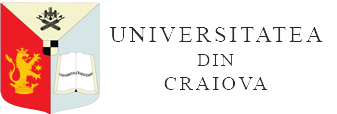PRELIMINARY STUDIES OF THE CHOROLOGY AND PHYTOSOCIOLOGY OF THE INVASIVE PLANTS FOUND ON THE COPANITA ISLAND IN THE DANUBE VALLEY, ROMANIA
DOI:
https://doi.org/10.52846/aamc.v52i1.1378Abstract
The intensive abiotic activity, but not only that, has brought about the invasion of allochtone (non-native) species in the natural and semi-natural degraded ecosystems in our country. The invasive species influence the succesional dynamics and the floristic composition of the plant communities, occupying increasingly more and more space. Biological invasion of the invasive plants is considered to be one of the most serious threats to biodiversity in alluvial and meadow vegetation. The effects of the invasive alien plants, on the flora and plant communities structure of the alluvial and meadow vegetation were investigated at Copănița Island in the Danube Valley. The researched territory is part of the ROSCI0045 Coridorul Jiului Protected Area. In order to control the introduction and expansion of invasive plants, as well as the anthropogenic impact of these species on biodiversity, a number of measures for the protection and proper management of invasive plants in riparian areas need to be defined and implemented. In the researched area, 22 invasive species were identified, for some of them new locations were established for Romania or Oltenia. Several species were identified for the first time in Oltenia or a second location was identified for Romania, such as the Conyza sumatremsis. is found for the first time in Romania. The management is most effective when the invasion is detected early and comprehensive control measures are implemented quickly, any effect is thus limited. Therefore, early identification of the areas in which efforts should be concentrated (e.g. prevention, elimination and monitoring) is essential for cost-effective management. All the invasive species strongly affect biodiversity within natural habitats.


